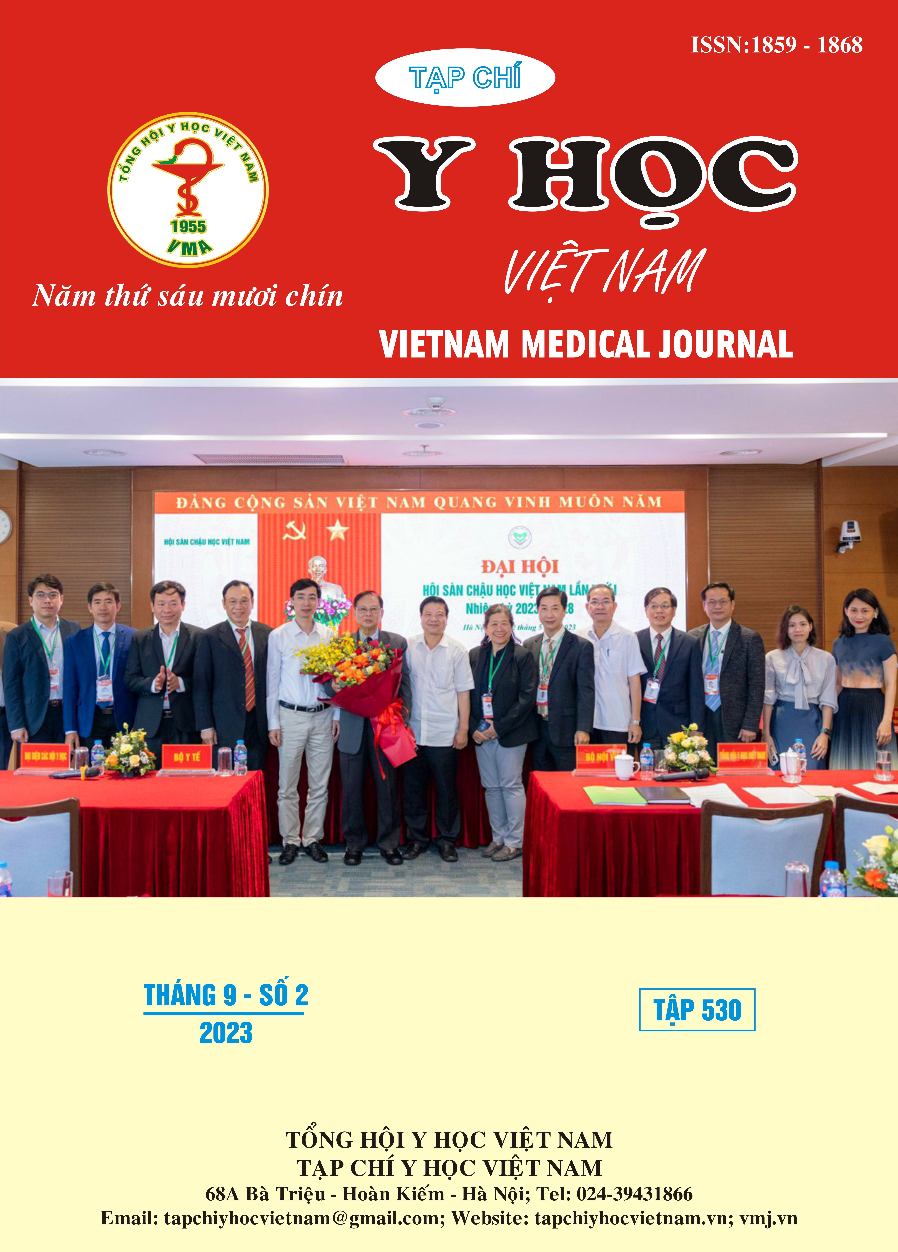BUILDING MEDICAL KNOWLEDGE GRAPH USING MACHINE LEARNING
Main Article Content
Abstract
Medical knowledge graphs are an effective tool to describe the interactions and multidimensional relationships among multiple medical factors. Constructing a knowledge graph depends on the size of the graph, which requires analysis and synthesis of a large amount of information. In today's era of data explosion, the above problem becomes challenging to follow with traditional manual analysis methods. Recently, artificial intelligence has shown promising potential to speed up solving big data problems. Following the same approach, we present a building method of medical knowledge graphs applicating machine learning techniques. Specifically, text processing methods screen and selects important medical keywords, incorporating the evaluation function to quantify the interaction between factors. As a result, after analyzing practically 100 medical documents with 76 thousand pages and 32 million words, we filtered out and created a knowledge graph of 438 keywords. Verifying the value of the graph by qualitative analysis of the rationality of the relationship between "symptom – disease" and "symptom - organ" showed a high correlation, compatible with medical knowledge. These preliminary results show the potential of bridging the two fields of data science and medicine, facilitating the acceleration of hidden knowledge extraction in the medical field.
Article Details
Keywords
knowledge graph, artificial intelligence, medical, machine-learning
References
2. Prather, J C et al (1997). “Medical data mining: knowledge discovery in a clinical data warehouse.” Proceedings: a conference of the American Medical Informatics Association. AMIA Fall Symposium, 101-5
3. Cassam, Q (2017). Diagnostic error, overconfidence and self-knowledge. Palgrave Commun 3, 17025
4. Chang, Hyeong Soo, et al (2016). "Google DeepMind's AlphaGo: operations research's unheralded role in the path-breaking achievement." OR/MS Today, vol.43, no.5
5. Finlayson, S. G., LePendu, P., & Shah, N. H. (2014). Building the graph of medicine from millions of clinical narratives. Scientific Data, 1, 140032.
6. Sondhi, Parikshit & Sun, J. & Tong, Hanghang & Zhai, ChengXiang. (2012). SympGraph: A framework for mining clinical notes through symptom relation graphs. Proceedings of the ACM SIGKDD International Conference on Knowledge Discovery and Data Mining
7. Ian Rogers (2005), The Google Pagerank Algorithm and How It Works, IPR Computing Ltd
8. Maya Rotmensch et al. (2017), Learning a Health Knowledge Graph from Electronic Medical Records, Sciencific report Journal - Volume 7 -Number 5994 - 36-37
9. Travis Goodwin et al, (2013), Automatic Generation of a Qualified Medical Knowledge Graph and its Usage for Retrieving Patient Cohorts from Electronic Medical Records, 2013 IEEE Seventh International Conference on Semantic Computing


